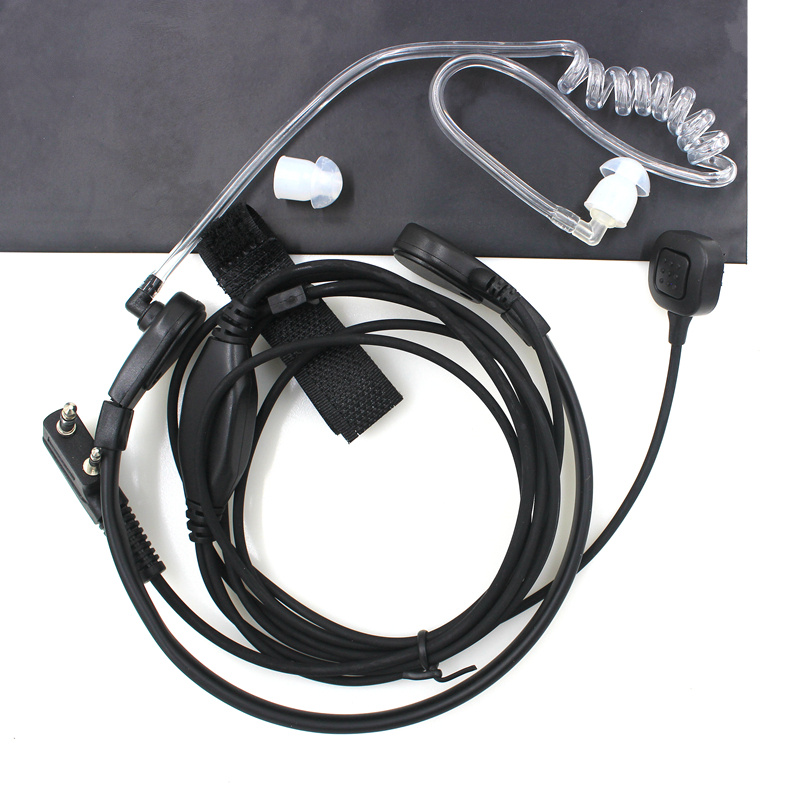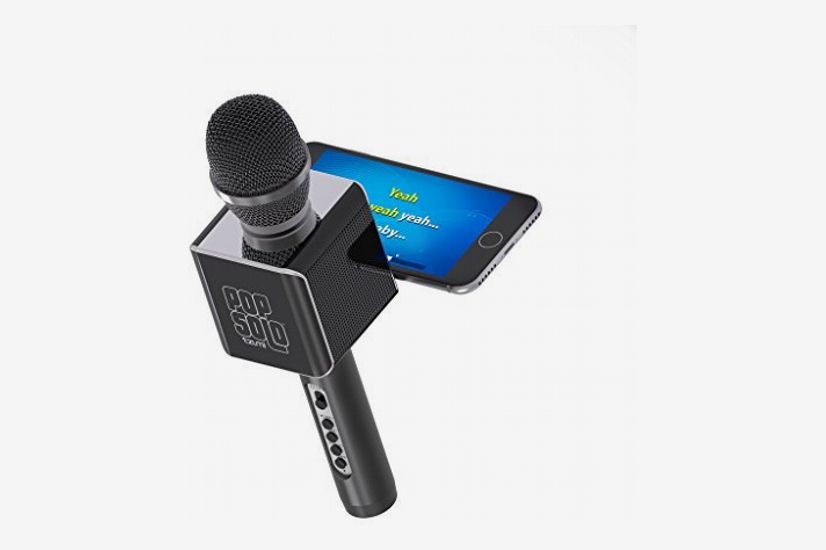Setting up a microphone may seem daunting if you’re new to audio equipment. Whether you’re a musician, podcaster, or streamer, good sound quality is vital, and it often starts with a proper microphone setup. The tktube cable, presumably a specialized audio cable [Note: “tktube” isn’t recognized as a standard audio cable; for the purpose of this article, we’ll treat it as such], is an essential link between your microphone and the recording device. This demonstration will guide you through connecting and setting up your microphone using tktube cables, ensuring that you capture clear and crisp audio for your projects.
Understanding Microphone and Cable Types
Selecting the Right Microphone for Your Needs
First, identify the type of microphone best suited for your requirements: dynamic, condenser, or ribbon. Dynamic microphones are versatile and good for general use, while condenser microphones offer higher sensitivity and are ideal for capturing vocal nuances. Ribbon microphones, with their vintage appeal, are perfect for capturing a warm and classic sound.
Familiarizing with tktube Cables
Examine your tktube cable closely. Typically, microphones use either XLR or USB connections, but specialized cables like tktube might offer unique features or connections. Ensure that the connectors at both ends of the cable match your microphone and your recording interface or device. Secure connections are vital for reducing interference and noise.
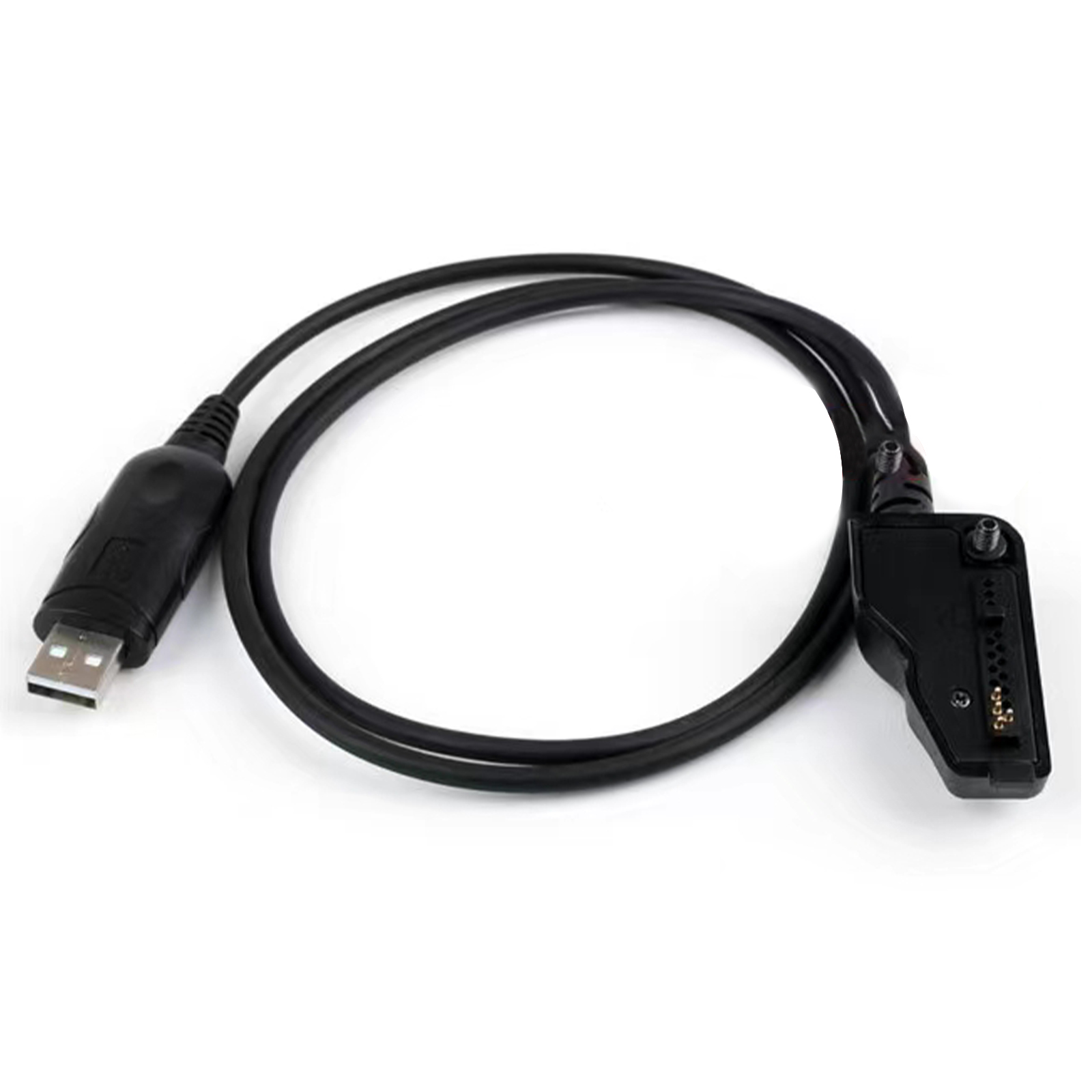
Preparing for Connection
Setting Up the Recording Environment
Before plugging in, establish your recording environment. For optimal sound capture, select a quiet room with minimal echo. Position your microphone stand, pop filter (which shields the microphone from plosive sounds), and shock mount (which reduces handling noise) where you will be recording.
Checking Audio Interface or Device Compatibility
Before connecting, verify that your audio interface or recording device is compatible with tktube cables. If you’re using a computer, it may require specific drivers or software to recognize and use the microphone once connected. Install any necessary software in advance to avoid connection issues.
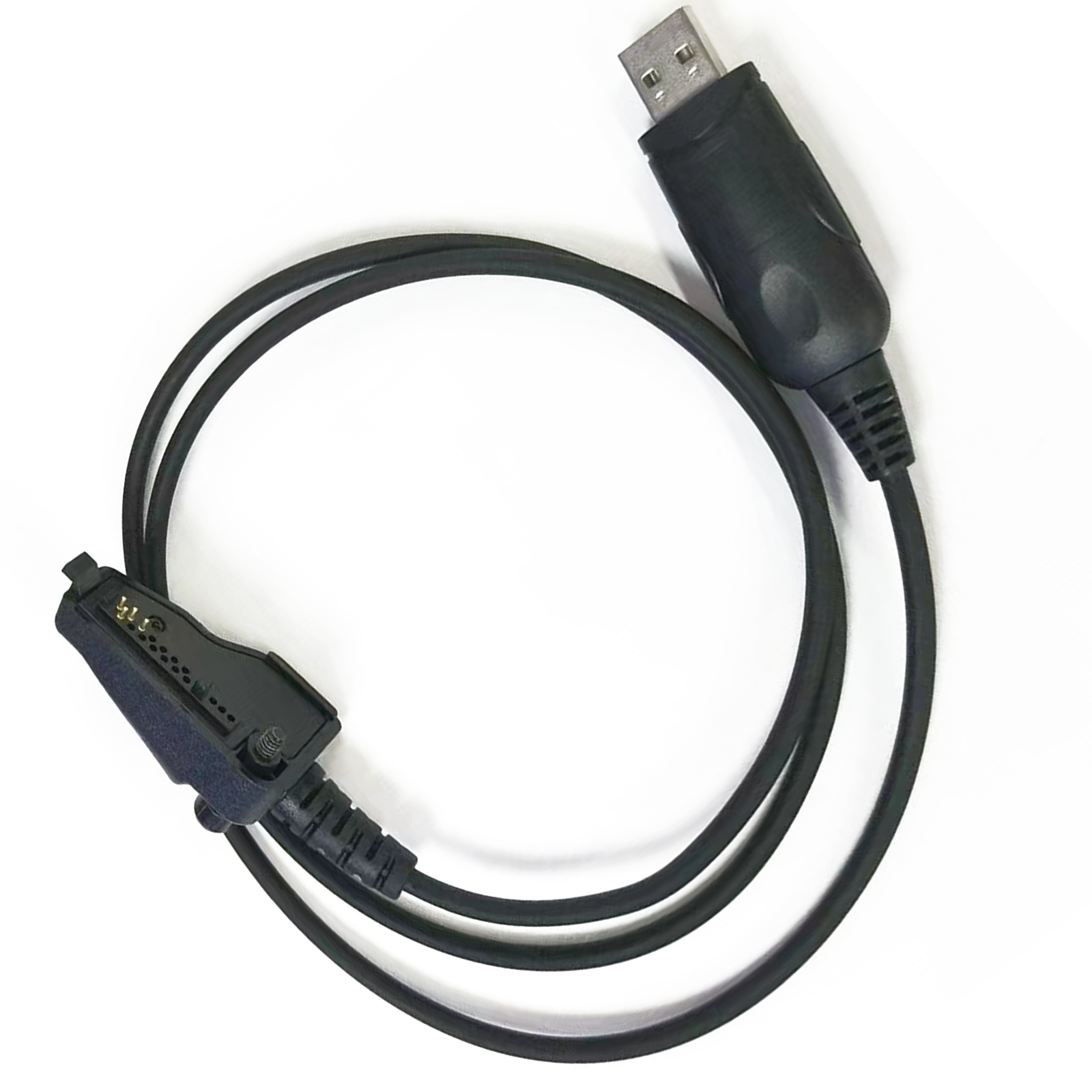
Connecting the Microphone
Plugging in tktube Cables
With the recording space set and the compatible device ready, it’s time to connect the microphone. Carefully insert one end of the tktube cable into the mic. Secure the other end into your audio interface, mixer, or computer. Make sure each connection is snug and reliable to prevent them from disconnecting mid-recording.
Powering Condenser Microphones
If using a condenser microphone, it likely requires phantom power. Ensure your audio interface or mixer can provide the necessary 48V, and activate the phantom power switch before you begin recording. Always turn on phantom power before the microphone is live to avoid damaging the equipment.
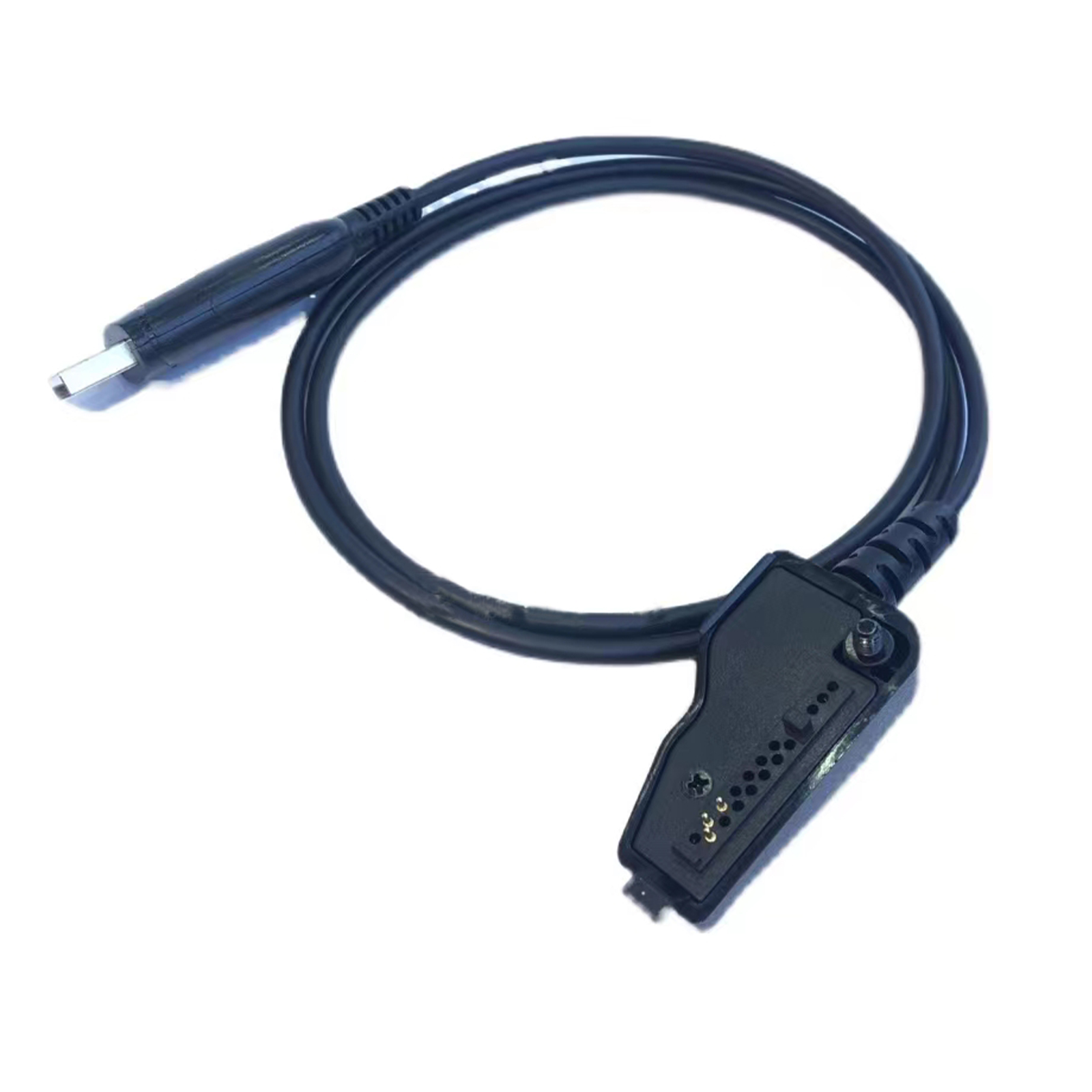
Testing and Fine-Tuning Setup
Initial Sound Test
Conduct a preliminary sound check. Put on a pair of quality headphones and speak into the microphone to test the signal. If using an audio interface or mixer, adjust the gain or input level to ensure the microphone is capturing sound at an appropriate volume, without peaking or distortion.
Adjustments for Clarity and Quality
Experiment with microphone placement and distance from the sound source to find the sweet spot with the cleanest audio. If available, tweak equalizer settings to enhance the sound to your preference. Test and adjust until you achieve the desired audio quality for your recording situation.
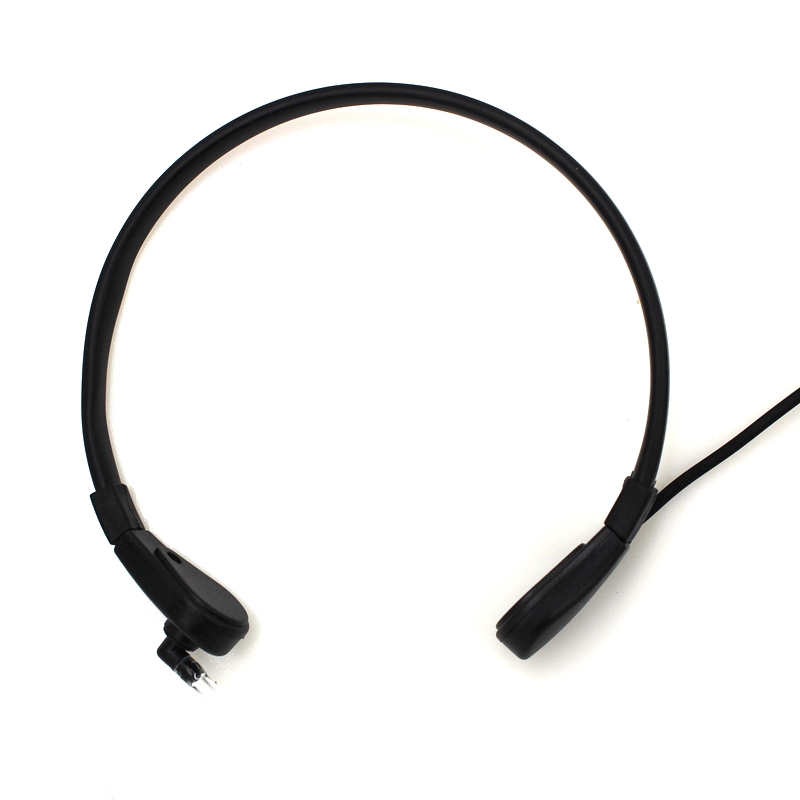
Plugging In Your Microphone
Identifying Cable and Port Types
Before anything else, identify the type of port on your microphone and ensure your tktube cable is the appropriate match. Microphones typically use an XLR or similar connection for analog signals. The tktube cable should have corresponding connectors to interface seamlessly with your microphone and recording device or audio interface.
Securing the Microphone Connection
Once you match your cable to the microphone, firmly plug in the cable to the microphone’s output port. Be cautious and gentle to avoid bending pins or damaging the port. If the connection feels loose or unstable, check for any obstructions or defects in the cable or port and reconnect.
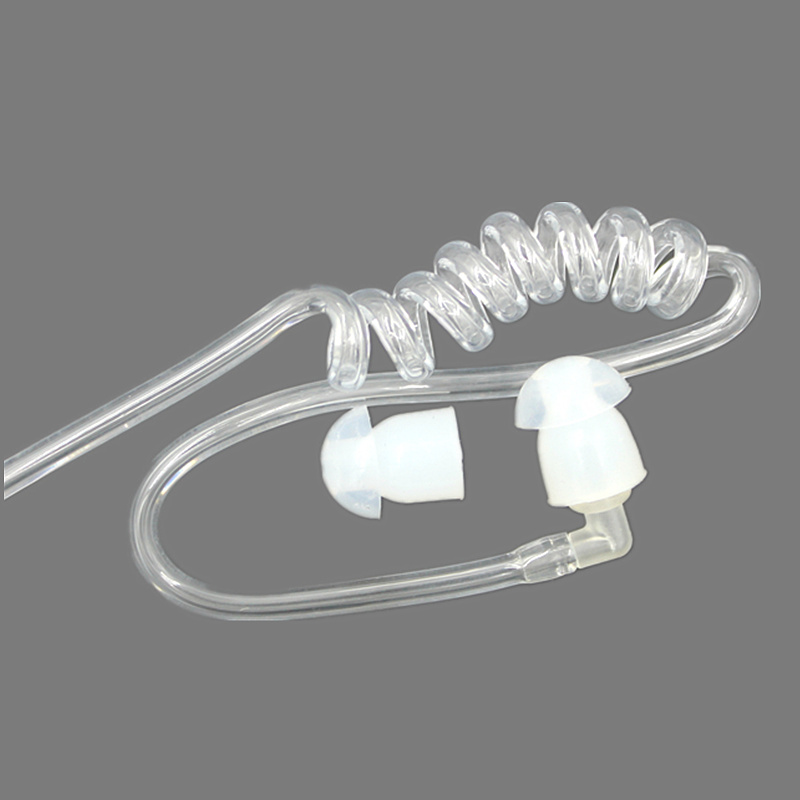
Configuring Your Recording Device
Selecting Input Source
Move to your recording device, which could be an audio interface or directly to a computer or mixer. Select the correct input source that corresponds to the port you will use for your tktube cable. Configuring your device to recognize the specific input channel ensures that the signal from your microphone is accurately received and processed.
Testing Signal Reception
With the tktube cable connected at both ends (microphone and recording device), perform a test to confirm that the signal is passing through. Look for indicator lights on an interface or on-screen signal meters if connected to a computer. Speak or tap the microphone gently to see a response in the form of visual feedback or audible sound through your monitor headphones.
Audio Quality Adjustments
Setting Input Levels
Adjust the gain or input level on your recording device or in your recording software to receive the microphone signal at an optimal level. This usually means finding a balanced setting where the loudest parts of your audio reach high levels without causing clipping or distortion.
Fine-Tuning with Software or Hardware
If your recording device has onboard EQ (equalization) or compression controls, you may want to make preliminary adjustments to shape the sound right from the start. Alternatively, or additionally, you can adjust and fine-tune these aspects within your recording software to refine your audio.
Troubleshooting Common Issues
Handling No Signal or Poor Sound Quality
If you encounter a scenario where there’s no signal or if the audio quality is not up to mark, begin troubleshooting by checking your cable connections to confirm they are secure. Inspect the tktube cable for any signs of damage or wear that could cause signal loss or interference.
Resolving Software Recognition Problems
Should the recording device or software not recognize the microphone after ensuring all physical connections are correct, review your device settings. Verify that drivers are up to date, especially if using a digital connection with proprietary cables like tktube. Double-check selected input sources and ensure that your device’s audio settings have not defaulted to another microphone or input source.
Connecting and setting up your microphone with tktube cables can be a smooth process with a little preparation and understanding of your equipment. By carefully selecting the right microphone, familiarizing yourself with the tktube cables, ensuring a proper recording environment, and making the necessary connections and adjustments, you ensure that your recording setup is optimized for the best possible sound quality. Testing and fine-tuning are all part of the process, leading to professional-sounding results that can elevate your audio projects. Remember, attention to detail in the setup phase pays off when it comes time to record.
